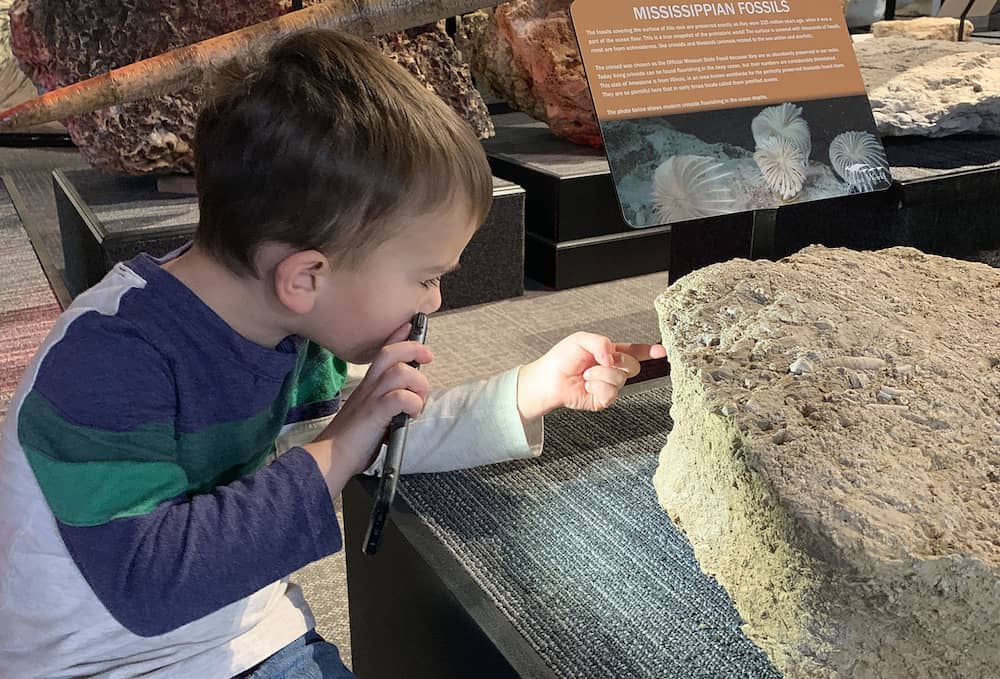The story of the Missouri dinosaur is very long and twisted. By happenstance, in the 1940s the Chronister family in Bollinger County was digging a well and came across a number of bones. As serendipity would have it, there was a geologist nearby, Dan Stewart from the Missouri Geological Survey doing soil studies at the time. He went to look at the clay and immediately knew they were dinosaur bones. He sent them to the Smithsonian and the family was rewarded $50, which they subsequently used to buy a cow. At the Smithsonian, eminent paleontologist Charles Gilmore, identified the bones as a sauropod, a massive plant eating dinosaur he and Stewart named Parrosaurus missouriensis.
In the late 1970s, dinosaur experts again examined the fossils in the Smithsonian and decided it was identical to a Hypsibema crassicauda and they named the Missouri dinosaur Hypsibema missouriense.
The Chronister property was purchased by Bruce Stinchcomb in the 1980s who realized the unique potential of the site. He conducted a series of test excavations to determine if more dinosaur material was present.
Soon after, Guy Darrough and Michael Fix, University of Missouri-St Louis Professor Emeritus, obtained permission from Dr. Stinchcomb to conduct systematic excavation within a greenhouse enclosure and discovered a jaw section and a partial skeleton of a juvenile dinosaur, now on site at the museum in its original jacket.
Darrough then contacted Dr. Peter Makovicky, then Curator of Dinosaurs at the Field Museum in Chicago, to join the search for the Missouri dinosaur. He brought in a crew of scientists and found the bones of a larger dinosaur and concluded they were from a primitive duck billed dinosaur similar to the Iguanodon and should correctly be named Parrosaurus missouriensis, a name originally coined by paleontologist Gilmore.

